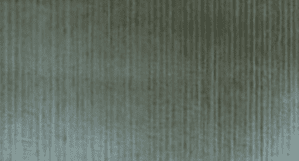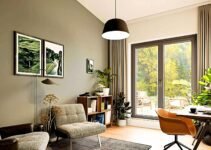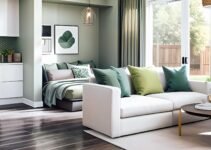Colors complete the architectural plans.
Colors were created by man so that he could employ them to affect his surroundings. Colours unify us, complete our architectural designs, and serve as a way for us to communicate with those around us. Today, color is a phenomenon that permeates everything and is only getting more popular. Colors have the power to entice and uplift you, yet they may also evoke negative emotions.
Please, read our post and do not forget to check our YouTube channel “Grig Stamate”:
https://www.youtube.com/@GrigStamate
You will find there, thousands of designing, furnishing, and decorating ideas for your home interior and outdoors.
Allow me to mention one of them:
Designer Colour Combinations, Soothing Home Interiors | Decorating with Colors #5 (video)
Numerous factors affect how we perceive color.
Let’s see two of them:
Light and color
The brightness of the sun has an impact on how colors are perceived. The seasons as well as the day and night bring about variations to the eye perception.

Texture and color
The way a material is created has an impact on how color is perceived.
For example:
Smooth surfaces appear brighter because light is reflected differently by them. The rough surface, though, seems darker to us.
A plaster structure is what?
The plaster contains limestone fillers with millimeter-sized granules of a specific size. There are two main types of plaster structures available:
After application, granular plaster has the same structure thanks to its larger number of smooth grains. The size of the grains affects how coarse the structure is. Large grains produce a coarse texture, while grains larger than 1 mm produce a fine texture.
In comparison to granular plaster, grooved plaster (scratched plaster) has fewer limestone grains. When a filler of the same structure is combined with a grain of a different size, the result, when smoothed, is a structure with grooves. The manufacturer chooses the groove orientation, which can be either vertical, horizontal, or spun corresponding to the stroke direction of the trowel.
What else should you consider while selecting a facade color?
External contact insulation systems and paint. Darker-colored facades absorb more heat than lighter-colored ones do. Darker hues put greater stress on the facade by trapping heat from the sun during the day and cooling it at night. So, for insulation systems, we do not advise using dark or intense colors.
Dark colors may be employed as a decorative accent as long as they make up no more than 10% of the facade’s overall surface area.
Other related posts from our website:
https://howtobuildahouseblog.com/consider-a-combination-of-colors-and-light-your-home-interior/
https://howtobuildahouseblog.com/harmony-and-bravery-in-choosing-colors-for-the-house-facade/
Thank you so much for your attention.
Stay tuned. We will upload many other amazing posts to our website and videos onto our YouTube channel.
Thank you so much for your time and attention.
Best Regards
See you to another post,
Bye, Bye


